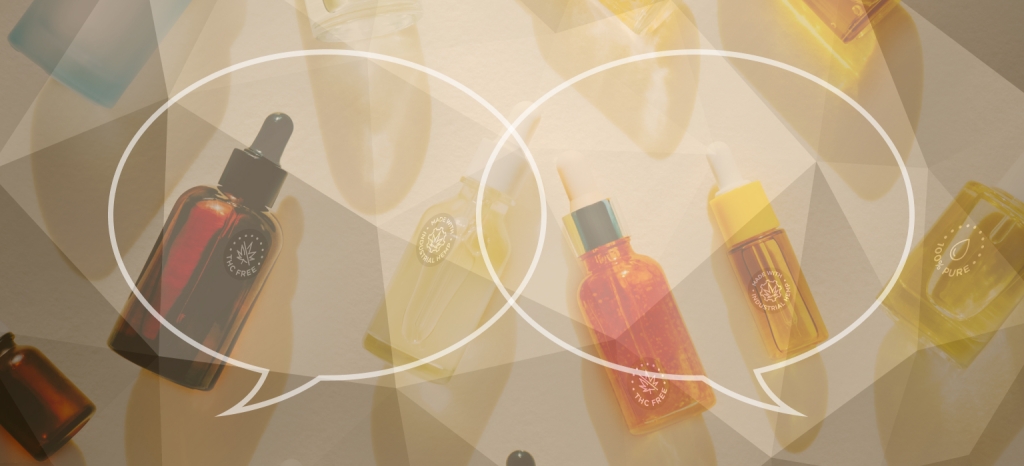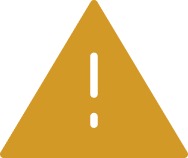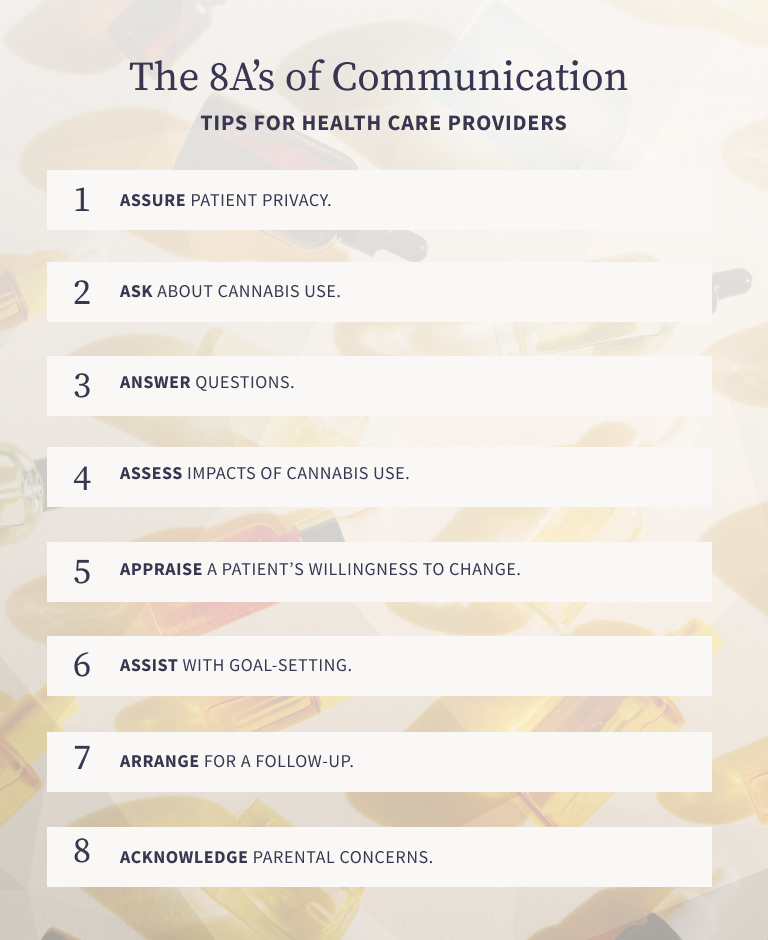How To Talk About Cannabis Use: A Guide for Parents and Health Providers

About 9 in 10 Americans support some form of marijuana legalization, according to data from the Pew Research Center, and states are increasingly legalizing cannabis for medical and recreational use. Although attitudes are changing around cannabis, and the perceived medical benefits can help alleviate certain medical conditions, proliferation of cannabis may also come with public health side effects.
Increasing availability of commercial cannabis will make conversations between healthcare providers, patients, parents and children more important.
Read on to learn more about the state of cannabis in the U.S., and how to navigate conversations around the substance.
A Primer on Cannabis
Although marijuana is still federally classified as an illegal substance, many states have legalized its recreational and/or medical use.

Cannabidiol (CBD): One of the two most prevalent cannabinoids in cannabis, which does not lead to an altered mental state.
Cannabis: all products derived from the Cannabis sativa plant.
Tetrahydrocannabinol (THC): One of the two most prevalent cannabinoids in cannabis, which causes a high/altered mental state.
Legalization: Measures at the state-level to permit possession, use and/or sales of medical and/or recreational cannabis, or decriminalize marijuana possession. Marijuana is still federally illegal.
Medical marijuana/medical cannabis: Marijuana or substances extracted from cannabis prescribed to treat conditions such as pain, anxiety, nausea and glaucoma.
Cannabinoids: Chemical substances found within the cannabis plant, the most common of which are tetrahydrocannabinol (THC) and cannabidiol (CBD).
Decriminalization: Laws that do not allow jurisdictions to prosecute people for possessing small amounts of marijuana, especially for the first offense.
Hemp: Cannabis containing less than 0.3% THC.
Marijuana: Cannabis containing more than 0.3% THC.
Recreational marijauna/recreational cannabis: Cannabis used without medical intent or a prescription.
Sources:
- National Center for Integrated and Complementary Health: Cannabis (Marijuana) and Cannabinoids: What You Need to Know
- National Environmental Health Association: Cannabis 101: Glossary of Related Terms (PDF, 1.4 MB)
- Shape: What’s the Difference Between CBD, THC, Cannabis, Marijuana and Hemp?
- Congressional Research Service: Defining Hemp: A Fact Sheet (PDF, 1.3MB)
- Merriam-Webster: medical marijuana
- Marijuana Policy Project: Decriminalization
As of summer 2021, 19 states and Washington, D.C, had legalized recreational marijuana markets, 40 states and territories had medical marijuana markets, and other states have taken steps toward decriminalizing possession of small amounts of marijuana.
Some states still maintain strict cannabis laws. For example: Idaho, Nebraska and Kansas do not have public cannabis access programs for medical or recreational use.
In Alabama: Medical marijuana and CBD are legal. But possessing any amount of marijuana for personal use is a misdemeanor that can be punished with up to a year in jail and up to $6,000 in fines. And possessing any amount for any purpose other than personal use is a felony that carries a mandatory minimum sentence of one year and a day or up to 10 years in prison, or fines up to $15,000.
In Florida: Medical marijuana and medical CBD are legal. However, a person caught possessing 20 grams to 25 pounds of marijuana without a prescription could be charged with a felony punishable by up to 5 years in jail and fines up to $5,000. Possessing less than 20 grams is a misdemeanor that could lead to penalties of up to a year incarceration and a maximum fine of $1,000.
In Illinois: CBD is permitted but THC is not. Possession of any amount of marijuana is a misdemeanor that carries a penalty of 180 days of jail time and up to $1,000 in fines. Possessing less than 30 grams is a misdemeanor that carries a possible 1-year jail sentence or up to $5,000 in fines. And possessing more than 30 grams is a felony with fines up to $10,000 and 2.5 years in jail.
Timeline of Key and Recent U.S. Cannabis Legislation
1973

Oregon becomes first state to decriminalize cannabis.
1996

California becomes the first state to legalize medical cannabis.
2012

Colorado and Washington become the first states to legalize recreational cannabis.
2014

Utah becomes the first state to legalize low-THC/high-CBD medical cannabis.
2018

Vermont becomes the first state to legalize cannabis through the state legislature, rather than by ballot measure.
2021
New York, Virgina, New Mexico and Connecticut legalize recreational cannabis.
Sources: Reuters; Fox 13 Salt Lake City; National Conference of State Legislatures; Business Insider
Cannabis, Health Equity and Social Justice
As state-level legalization of cannabis becomes more widespread, the American Public Health Association (APHA) has called for a public health approach to regulating the substance that prioritizes health equity and social justice.
Although rates of cannabis use are similar across races, cannabis-related arrests have historically been higher among Black and Latino communities than within their white counterparts. Such arrests can carry negative health consequences for individuals and entire communities.
Some doctors support cannabis regulation to optimize public health and support social justice.
“Racial disparities in cannabis-related criminal justice encounters are rooted in public policy,” the APHA wrote in a policy statement. “Decriminalization and implementation of public health regulatory and enforcement structures must be supported by current evidence and best practices and must keep health equity and social justice at the forefront of public health policy and enforcement efforts.”
Cannabis Clinical Uses, Health Consequences and Public Health Effects
About 18% of Americans used marijuana at least once in 2019, according to the Centers for Disease Control and Prevention. An analysis by the Cato Institute suggests legalization of cannabis has not had drastic effects on its use or on violent crime. However, the National Institute on Drug Abuse reported historically high marijuana use among college students during 2020, when about 44% of college students reported using the substance.
Because legal recreational use of marijuana is so recent in the United States, its public health effects are difficult to measure, and there are no controlled clinical trials on the long-term health risks of cannabis use.
Cannabis Health Effects: Medical Uses, Health Risks and Public Health Impacts
Cannabis can be prescribed to treat a number of health conditions. However, using cannabis also comes with health risks, outlined below.

Medical Cannabis Uses
In adults, medical cannabis may be used to alleviate:
- Nausea in cancer patients receiving chemotherapy
- Lack of appetite for patients with chronic conditions like AIDS
- Chronic pain (especially neuropathic pain)
- Multiple sclerosis
- Glaucoma
- Post-traumatic stress syndrome (PTSD)
- Inflammatory bowel disease (IBD) symptoms
In pediatric patients, medical cannabis may be used to treat:
- Seizures and epilepsy
- Severe pain
Sources:
- National Academies of Science, Engineering, Medicine: The Health Effects of Cannabis and Cannabinoids: The Current State of Evidence and Recommendations for Research
- Harvard Health Publishing: “Medical Marijuana”
- CDC: Is Marijuana Medicine?
- Adolescent Health, Medicine and Therapeutics: “Children and Youth Who Use Cannabis for Pain Relief: Benefits, Risks, and Perceptions”
- Crohn’s and Colitis Foundation: “Medical Cannabis”

Health Risks of Cannabis Use
In adults, cannabis may lead to:
- Lung damage, when smoked
- Exacerbated chronic bronchitis
- Cannabis use disorder
- Attention and memory problems
- Cardiovascular problems, such as stroke or heart attack
- Psychosis, anxiety or paranoia
- Cyclic vomiting
- Low birth weight or altered brain development in infants (for women who are pregnant or breastfeeding)
In adolescents, cannabis may cause:
- Altered neurodevelopment
- Cannabis use disorder
- Depression, suicidality
- Poisoning (if accidentally ingesting edibles)
- Drowsiness
- Dizziness
- Diarrhea
Sources:
- CDC: “Health Effects of Marijuana”
- FDA: “What You Should Know About Using Cannabis, Including CBD, When Pregnant or Breastfeeding”
- National Academies of Science, Engineering, Medicine: The Health Effects of Cannabis and Cannabinoids: The Current State of Evidence and Recommendations for Research
- “JAMA Psychiatry: “Association of Cannabis Use in Adolescence and Risk of Depression, Anxiety and Suicidality in Young Adulthood”
- “JAMA Psychiatry: “Association of Cannabis Use During Adolescence with Neurodevelopment”
- World Psychiatry: “Assessing the public health impacts of legalizing recreational cannabis use: the US experience”
- Adolescent Health, Medicine and Therapeutics: “Children and Youth Who Use Cannabis for Pain Relief: Benefits, Risks, and Perceptions”
Public Health Impacts of Cannabis
The public health effects of cannabis proliferation may include:
- Disproportionate criminal punishment for communities of color (for example, African Americans are arrested for possession at nearly four times the rate of their white counterparts).
- Complications from secondhand smoke.
- Higher rates of hospitalizations due to car accidents and head injuries from falls.
- Exacerbated strain on emergency departments from patients in acute psychological distress.
- Increased prevalence of cannabis dependence (1 in 10 users become addicted).
Sources:
- American Public Health Association: “A Public Health Approach to Regulating Commercially Legalized Cannabis”
- World Psychiatry: “Assessing the public health impacts of legalizing recreational cannabis use: the US experience”
- CDC: “Health Effects of Marijuana”
How Health Providers Can Talk to Patients About Cannabis
As availability of cannabis grows, conversations between healthcare providers and patients will become more important. These strategies may help clinicians have open conversations about cannabis with both adolescent and adult patients.
Communication Tips for Healthcare Providers: Talking to Youth About Cannabis
- Start conversations with young adolescents.
- Ask screening questions about a patient’s cannabis use, as well as exposure to peers and family members who use cannabis.
- Discuss cannabis in different contexts—during routine visits, or when a patient presents with symptoms that may indicate cannabis use.
- Explain the legal and health implications of cannabis use to young patients, including those who have not used it.
- Talk about how cannabis can interrupt a patient’s goals.
- Engage in open conversations without judgment.
- Use the “8 A’s”.

The infographic above shows the “8 A’s” which include assuring patient privacy, asking about cannabis use, answering questions, assessing impacts of cannabis use, appraising a patient’s willingness to change, assisting with goal-setting, arranging for a follow-up, and acknowledging parental concerns.
Sources:
- Canadian Paediatric Society: “Counselling adolescents and parents about cannabis: A primer for health professionals”
- Colorado Department of Public Health & Environment: Marijuana Pediatric Exposure Prevention: Clinical Guidance for Colorado” (PDF, 284KB)
- Pediatrics: Counseling Parents and Teens About Marijuana Use in the Era of Legalization of Marijuana”
Communication Tips for Healthcare Providers: Discussing Cannabis With Adult Pain Patients
- Educate yourself about state cannabis laws, and understand which conditions qualify to be treated with medical cannabis in your jurisdiction, before discussing medical cannabis with patients.
- Communicate openly with patients, show compassion, and encourage them to be honest.
- Consider whether your patient is a good candidate for medical marijuana based on health risks, ailments they are hoping to treat, lifestyle, safety and medication interactions.
- Ask patients how they plan to consume medical marijuana, and discuss a medication schedule.
- Discuss the possible side effects of marijuana and risks of medical cannabis.
Source: Marijuana Doctors: How to Talk to Patients About Medical Marijuana
How Parents Can Talk to Children About Cannabis
These tips may help parents have ongoing conversations about cannabis with their children.
- Look for informal opportunities to start the conversation about cannabis.
- Lay out the basic facts about cannabis, and acknowledge why some people use it.
- Be honest if you use cannabis.
- Be clear about your expectations around drug use.
- Try to understand why your child is using cannabis if you discover they are.
- Establish family agreements.
- Let your child know they can call you if they feel unsafe or pressured to use cannabis, and create an exit plan.
- Acknowledge if you have a family history of addiction.
- Check in with your child frequently.
- Continue the conversations as your child grows.
Sources:
Additional Resources for Parents
- Partnership to End Addiction: Marijuana: Know the Facts, Connect with Resources
- Youth Now: Parent Resources
- American Academy of Child & Adolescent Psychiatry: Marijuana and Teens
- NPR: How Do I Talk To My Kid About Marijuana Once It’s Legal?
- American Addiction Centers: What to Do When Your Child Is Using Marijuana
Please note that this article is for informational purposes only. Individuals should consult their healthcare provider before following any of the information provided.
Last updated October 12, 2021
